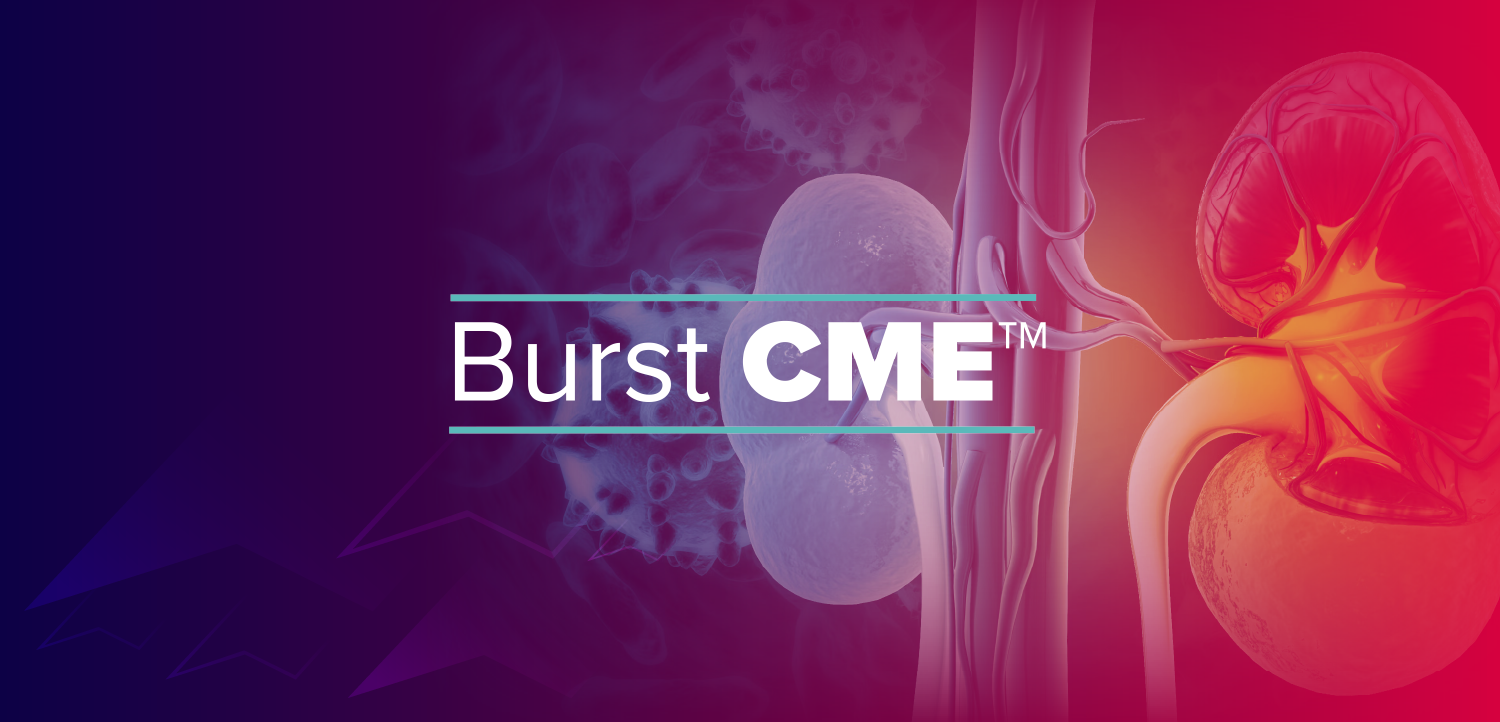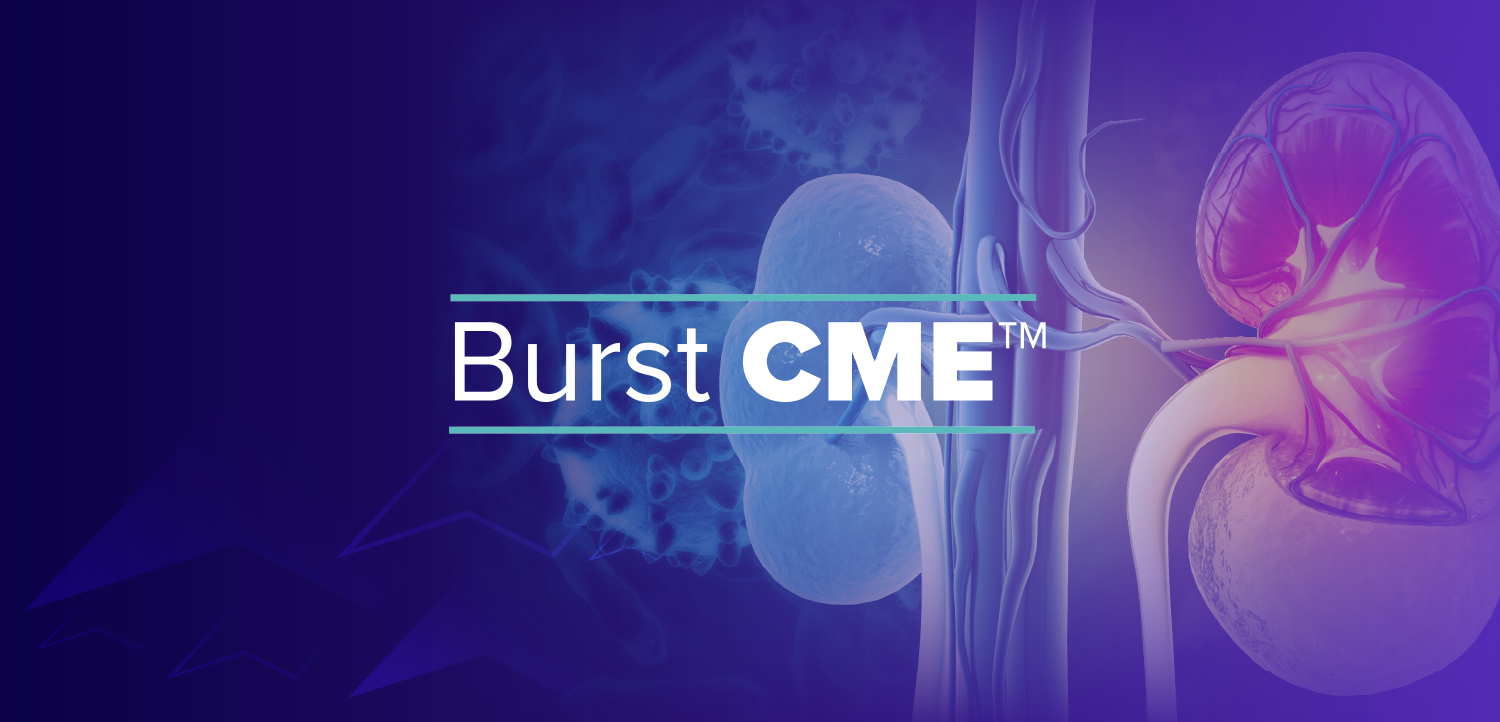
Urology Crossroads: Looking Ahead in the Era of Immunotherapy for NMIBC
Panelists discuss how the evolving treatment landscape for high-risk non–muscle-invasive bladder cancer (NMIBC) demands that urologists adapt to more complex delivery methods and integrate systemic therapies into care, emphasizing the need for patient education, new workflows, and multidisciplinary collaboration to ensure equitable access to emerging therapies across all practice settings.
Episodes in this series

The evolving treatment landscape for high-risk non–muscle-invasive bladder cancer will require significant adaptation from urologists, both in clinical practice and care delivery. Traditional intravesical therapy using a single agent through catheterization has been the mainstay, but emerging therapies involve new delivery systems like sustained-release devices and chemoablation technologies. These novel methods introduce logistical complexities and require urologists and their care teams to become proficient not only in the administration of these therapies but also in educating patients about their benefits, risks, and expectations. Patient engagement will be crucial, especially as response rates, while improved, still fall short of desired long-term complete remission.
To meet the evolving standard of care, it will likely become necessary for urologists to integrate systemic agents into treatment regimens. This could involve using systemic immunotherapy alongside intravesical therapies or even administering multiple agents intravesically in combination. Combinations such as chemotherapy paired with oncolytic immunotherapy show promise, but also increase the complexity of treatment delivery and management. In academic centers, this coordination is more streamlined due to proximity to infusion centers and medical oncologists. However, in community settings or solo practices, urologists may need to develop new workflows and infrastructure to support systemic treatment, including administering checkpoint inhibitors in-office.
Globally, urologists in other countries have already embraced this dual-delivery approach, administering systemic therapies as part of routine bladder cancer care. The US urologic community is poised to follow suit, particularly as treatment options expand and expectations around outcomes rise. Moving forward, improving access, training, and multidisciplinary collaboration will be essential to ensure that all patients, regardless of practice setting, can benefit from the full range of therapeutic innovations available.
Newsletter
Stay current with the latest urology news and practice-changing insights — sign up now for the essential updates every urologist needs.


















